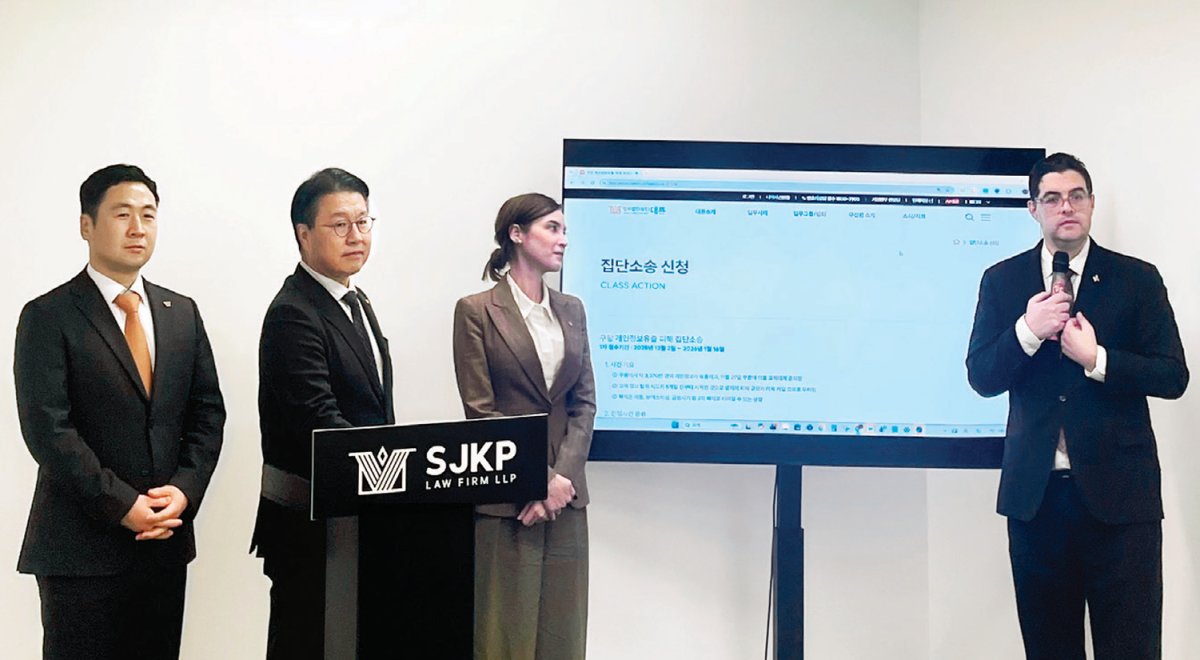
A South Korean scientist is warning that the gas stoves commonly used in households may release harmful pollutants that increase the risk of respiratory disease — particularly among women.
Kang Sang-wook, a professor of Chemical and Energy Engineering at Sangmyung University in Seoul, recently appeared on the popular YouTube medical channel DoctorChin to discuss the hidden dangers of cooking with gas.
“Simply turning on a gas stove releases toxic gases such as carbon monoxide and nitrogen dioxide,” Kang said. “The American Chemical Society has already recommended switching to electric stoves for health and environmental reasons.”
Kang cited a recent study of cafeteria and restaurant workers, which found that nearly 30% of employees who spent more than eight hours a day in front of gas stoves showed abnormal lung conditions. “Younger workers were no exception,” he added.
He explained that the risk comes from long-term exposure. “A day or two won’t cause harm, but daily exposure inevitably damages the body,” Kang said. “About 90% of female lung cancer patients are non-smokers, and the kitchen environment has emerged as one of the leading suspected causes.”
Methane — the main fuel in gas stoves — can produce carbon monoxide when burned in low-oxygen conditions, sometimes at levels high enough to trigger home safety alarms. “Even when the hood is on, the amount you inhale through your nose is significant,” Kang noted.
At temperatures of about 1,500 to 2,400 °F, nitrogen and oxygen in the air combine to form nitrogen dioxide — the same pollutant found in vehicle exhaust. “Prolonged exposure to nitrogen dioxide increases the risk of respiratory damage,” he said.
Kang concluded that gas stoves are “far more dangerous than electric ones,” emphasizing that “being exposed to electromagnetic waves is much safer.”
However, for those who can’t replace their gas appliances immediately, he offered some practical advice: “Open at least two windows while cooking to ensure proper ventilation. With electric stoves, stand a few feet farther back and lower the heat setting to minimize exposure to electromagnetic fields.”















